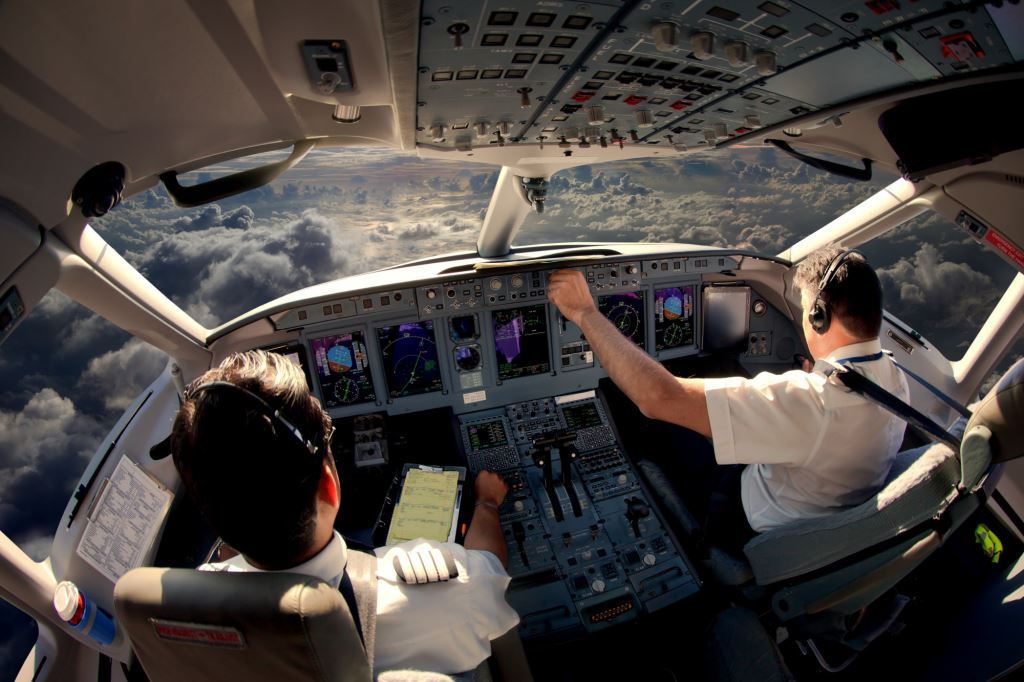You might think flying a small plane is as simple as driving a car. But there’s much more involved to ensure everyone gets safely where they need to go if something goes wrong.
That’s why most small planes have at least one type of pilot on faculty. Each class has a specialization that performs on the aircraft. But what are the main types of pilots, and what do they do for small planes? Let’s look at everything you should know about them to be safe.
Airline Transport Pilot
They are the professional aviators responsible for civilian air transport operations of large planes. ATPs must have a lot of experience and meet a very high training standard. They are certified by the Federal Aviation Administration (FAA) to fly commercially and receive a Commercial Pilot Certificate with an Airline Transport Pilot Rating.
All ATPs can potentially become the captain or first officer in an air transport operation. They must have at least 1,500 hours of experience in operating aircraft to qualify. They must demonstrate proficiency in aircraft navigation and safety procedures.
Private Pilot
These pilots have the most freedom to fly for pleasure. They can take friends and family out for a sightseeing weekend. To become a private pilot, a person needs at least 40 hours of flight time and must pass a written and practical test.
Recreational Pilot
These pilots are not allowed to fly for hire. They do have access to a certain number of privileges. While they may not be able to do complex maneuvers and fly supersonic, they do need to follow the same safety and federal regulations as any other pilot.
It is to determine airplane performance and operational limits. Recreational pilots are often personal aircraft owners who have mastered the regulations involved in operating the aircraft. They must have a valid pilot certificate and keep up with licensing responsibilities.
Student Pilot
Student Pilots are based on the first type of pilot, the student learner. These pilots with little or no flight experience but have studied. Taking the necessary tests can receive a student pilot certificate issued by the federal aviation administration (FAA).
A student pilot is like a student in the sense that they are constantly learning and improving their skills in the air. They must complete a certain number of flying hours, pass an examination, and demonstrate their competency with the controls and functions of the aircraft.
They must meet several other requirements, including understanding how weather affects flying, navigating through air traffic control zones, and mastering basic maneuvers before being certified as solo pilots. If you want to pursue these pilot careers, look at Lookup Flight Academy. They have state of an art learning facility.
Sport Pilot
Sport Pilot utilizes FAA Part 61 training regulations and has more relaxed requirements than other pilot certificates. To qualify for Sport Pilot, the pilot must have proficient knowledge in aviation safety, navigation, flight instruments, and emergency operations, among other topics.
Sport Pilot is ideal for those getting into aviation due to its price tag and simplified requirements.
Understanding the Types of Pilots
In conclusion, there are many types of pilots, and everyone excels differently. It all depends on the individual’s character and career ambitions. To find out which kind of piloting suits you best, research them and consider the options.
To learn more helpful tips, check out the rest of our site today!



